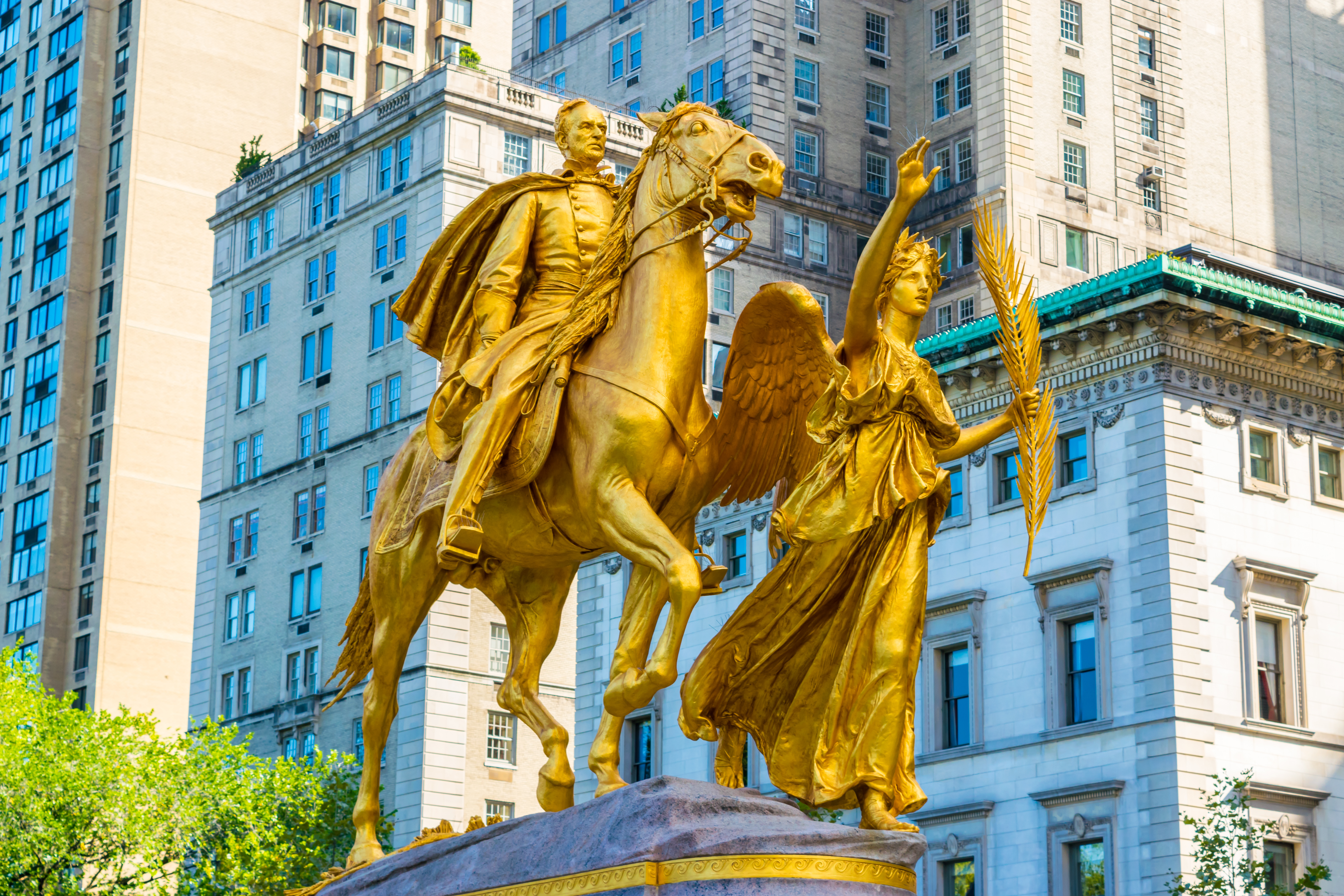
Here are a few data points from the Civil War era for travel times and logistics as mentioned in William Tecumseh Sherman: In the Service of My Country: A Life by James Lee McDonough. Previous post mentioned some data points for compensation of senior army generals and housing costs.
Travel times
In 1836, when Sherman started classes at West Point, he took a stagecoach for the trip. The journey from Zanesville, Ohio to Washington was three days, traveling night and day. Each stagecoach’s was loaded with nine passages on the inside and perhaps three or four on the roof of the coach.
A quick check on Google maps shows this journey is 345 miles on the modern I-70 and I-68. A trip that took three days and nights, say 72 hours, back in 1836 can now be completed in 5 hours 40 minutes, say just over 6 hours adding in a refueling stop.
That is a drop in travel time by a factor of 12, or a reduction of 92%.
In July 1846, company F of Third Artillery, with young first lieutenant Sherman aboard, sailed from the East Coast to California. They sailed around the Cape Horn. The company consisted of 5 officers and 113 enlisted men. The ship stopped in Rio de Janeiro for re-provisioning.
They started the journey on July 14, 1846. The ship left Rio on September 21. Passage around the Cape was very difficult, the worst transit the experienced captain had ever seen. They stopped at Valparaiso 64 days later. In January 1847 they arrived at Monterey California.
It took about seven months to make the trip. They sailed 24,000 miles to move 2,000 miles west.
In January 1850 he made a return trip from California to Washington. This time he took a steamship to Central America, crossed the Isthmus by boat and mule, completing the journey by steamship from the East Coast of Central America to Washington. This trip took about one month.
For this trip he escorted two young ladies, aged 11 and 13, of a wealthy Californian to Georgetown College for their education. Look at the way money was transferred at that time: To pay for the daughter’s passage, their college education, and their living expenses while in college, the mother gave Sherman a bag of gold dust for him to carry to the East Coast. That was the best and easiest and fastest way to get money across the continent.
Logistics
Pages 465 and 466 provide a quantified data point for the logistical needs of an army with 98,797 soldiers. Timing is the advance on Atlanta. Sherman calculated the army needed to get 130 rail cars of supplies a day, each one holding 10 tons. Here is the math on that:
- 130 cars per day
- 10 tons each
- 1,300 tons per day
- 9,100 tons per week
- 18,200,000 pounds per week
That did not include any of the hay needed for the horses and mules and only 5 pounds of grain for each of the animals. For reference point, a horse needed 20 pounds of food and forage per day and each soldier needed 2 pounds of food per day.
Available at the start of the campaign were 600 rail cars pulled by 60 locomotives. He wanted to have on hand 1,000 rail cars and 100 locomotives. That’s the volume of transport needed for a 350 mile long supply line for a 100,000 strong army on the attack.